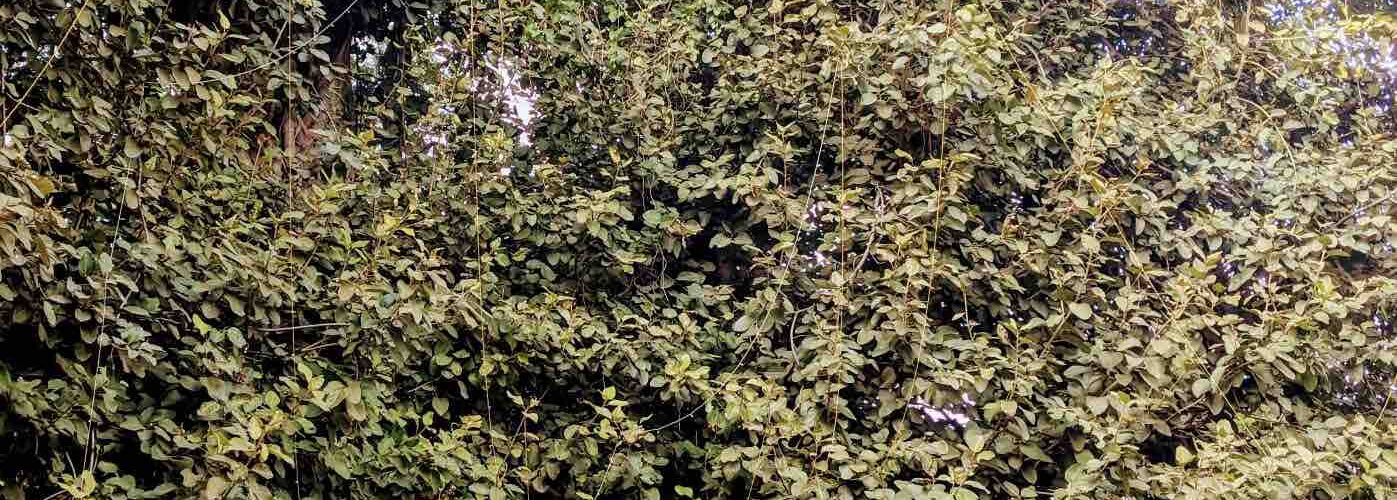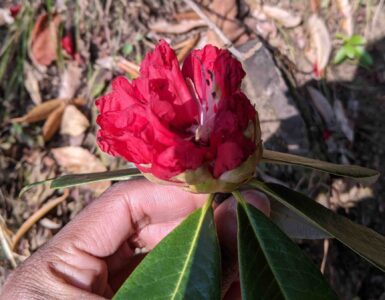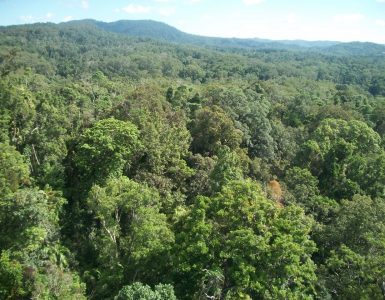Most of us would associate the Indian city of Prayagraj, formerly known as Allahabad with Kumbh Mela, a religious congregation held every twelve years.
Listed as an intangible cultural heritage of humanity, UNESCO describes Kumbh Mela as playing “a central spiritual role in the country, exerting a mesmeric influence on ordinary Indians. The event encapsulates the science of astronomy, astrology, spirituality, ritualistic traditions, and social and cultural customs and practices, making it extremely rich in knowledge.”
Kumbh Mela in Prayagraj is celebrated along the confluence of three major rivers – the Ganges, the Yamuna, and the invisible Saraswati. This confluence, known as Triveni Sangam, is considered one of the most sacred spots in Hinduism and a place of tremendous spiritual energy. Millions of devotees come to bathe in the sacred rivers and seek blessings.
Interestingly, after taking a holy dip in the river, the devotees often come to see and worship a Banyan tree as it is believed that it will result in the fulfillment of their wishes. The Tree is known as Akshayavat and is considered sacred because of its religious, historical, and mythological significance.
During the Ramayan era, it is said that on the advice of Sage Bharadwaj, Lord Rama, the seventh avatar of Lord Vishnu, along with his wife Sita and brother Lakshman visited Akshayavat during their exile. It is further believed that they spent three nights here and offered their prayers.
Akshayvat is also mentioned in the Puranas, where it is mentioned that sage Markandeya asked Lord Narayan to display his divine power. Lord Narayana then flooded the world, but only the Akshayavat tree remained visible above the water.
Even if we forget the historical and religious legends, the Banyan Tree is always considered sacred as it symbolizes longevity. Locally called Bargad, the Banyan tree has the ability to grow and survive for centuries. The longevity of the tree also drives people to call it the ‘Tree of Life’ and “Akshaya Vata” where Akshaya means immortal and Vata means tree.
In Hinduism, the Banyan Tree is considered the symbolic representation of the trinity of supreme divinity – Lord Brahma (the Creator), Lord Vishnu (The Protector), and Lord Shiva ( The Destroyer). These three Gods are associated with various parts of a Banyan Tree – Lord Brahma in the roots, Lord Vishnu in the bark, and Lord Shiva in the aerial roots.
The Banyan tree also has significance in Buddhism as it is believed that Gautam Buddha meditated under the shade of the Banyan tree for seven days and attained enlightenment after that. The Banyan tree where Buddha meditated is called Bodhi Tree and is located in Bodh Gaya. You can read about Bodhi Tree here or watch the video here.
Very close to the Akshayavat tree in Prayagraj, there is an underground temple, which is a holy adobe of many Hindu Gods and deities, including an aerial root of the tree which is considered sacred.
When the Change Started team visited the Akshayavat tree we saw it majestically standing with a lush green canopy encompassing the area. There was a steady flow of devotees visiting the tree and performing circumambulation around it.
This tree is another example of a human connection with nature which can evoke feelings of peace, harmony, and spirituality. It allows individuals to feel grounded and connected to the natural world around them.






Add comment